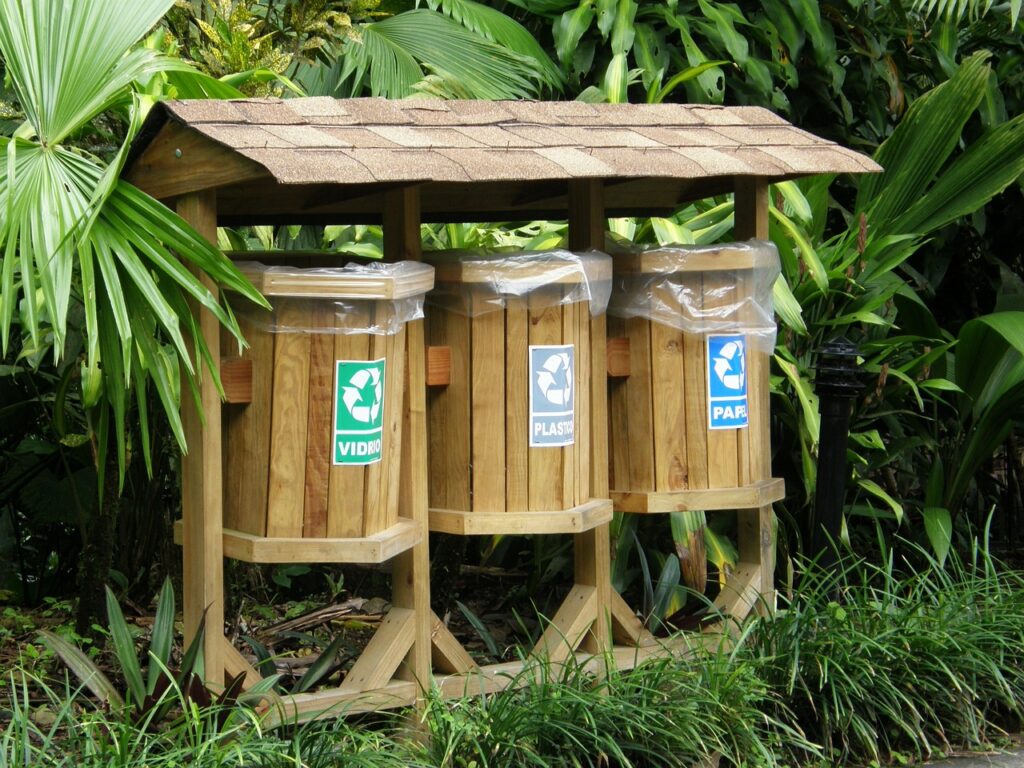In Europe all end-of-service life materials are subject to a range of complex legislation. This legislation can allow the re-use, the recycling and the safe disposal of treated timbers. The legislation and the implementation of the legislation in individual member states should be consulted to establish the conditions under which the general possibilities can be utilised in each member state. The position of treated timber can be further affected by any coatings (e.g. paint, varnish) applied to the timbers after treatment.

WEI encourages the implementation of options according to the EU waste hierarchy for all materials in the following order: reduce, re-use, recycle, energy recover and if no other option is possible, landfill.


In regard to treated timbers the following applies:
Reuse: Treated timbers, or portions of treated timbers, can still be serviceable when the original use has finished. The sound portions of these timbers can be re-used in end-uses for which they are adequately protected.
Recycle: The recycling of treated timbers by chipping and use in particle products is not generally seen as an option, as treated and untreated timbers could be mixed in unknown proportions to produce uncharacterised products. Other options is under development such as carbon storage.
Energy recover: Treated timbers is an effective energy source and the embedded energy can be ‘recycled’ by energy recovery. The attitude to incinerating end-of-life materials varies across Europe. In a number of member states this is the preferred option.
Disposal: Treated wood can be land-filled or incinerated without energy recovery. Attitudes to these two routes vary across EU member states. Some timber treatments can result in waste being classified as hazardous.